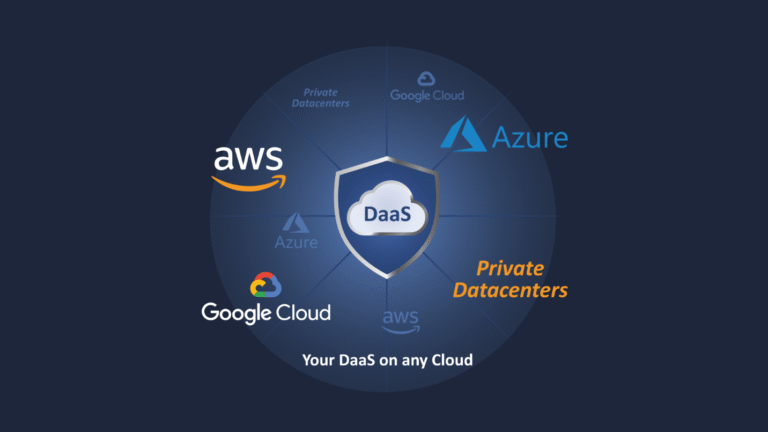Essential Insights
-
Critical Need for Security: As remote and hybrid work increases, virtualization strategies face significant security risks, including RDP attacks and session hijacking, making robust solutions like Zero Trust architecture and Multi-Factor Authentication essential.
-
TruGrid SecureRDP Advantages: TruGrid SecureRDP enhances security by minimizing attack surfaces—no open firewall ports, built-in MFA, and geo-blocking—while optimizing network performance with a global fiber optics mesh to reduce latency.
-
Simplified Management: TruGrid addresses scalability challenges by enabling dynamic scaling, centralized management of user access and policies, and easy integration with existing systems, thereby reducing IT workload and complexity.
- User Experience Focus: Enhancements in user experience, such as seamless authentication and session persistence, are crucial for increasing adoption of virtual desktops, making TruGrid SecureRDP a compelling choice for remote work environments.
Underlying Problem
The article discusses the surge in desktop and application virtualization amidst the widespread adoption of remote and hybrid work models, revealing the multifaceted challenges organizations face in securing and managing these virtual environments. It emphasizes that virtualized systems, while beneficial for flexibility and scalability, often attract cyber threats due to vulnerabilities in remote access protocols and insecure configurations. Cybercriminal activities, including RDP exploits and lateral movement within networks, pose significant risks. Reporting from GDH Consulting highlights the severe implications these challenges have on security and operational efficiency, urging IT leaders to adopt strategies such as Zero Trust architectures and multi-factor authentication to mitigate risks effectively.
TruGrid SecureRDP emerges as a proposed solution to these complications, enabling organizations to maintain robust security without exposing firewall ports, thus minimizing attack surfaces. With features like built-in logging for compliance, centralized management, and optimized performance routing, this tool seeks to alleviate the burdens of vulnerability management and resource allocation. The article concludes by suggesting that, despite prevalent misconceptions regarding security and accessibility in virtualization, the growth trajectory of these technologies indicates a need for solutions that not only safeguard against threats but also enhance user experience and promote wider adoption within diverse organizational structures.
Critical Concerns
The proliferation of remote and hybrid work models has rendered desktop and application virtualization paramount, yet these systems harbor significant risks that extend far beyond the immediate organization, potentially impacting a wide array of interconnected businesses, users, and stakeholders. When vulnerabilities, such as RDP exploitations or session hijacking, occur within one entity’s virtual environment, the ramifications can cascade, culminating in compromised data integrity across vendor partnerships and eroded customer trust. Organizations subject to these threats may find themselves at the mercy of widespread disruptions; supply chains could falter, sensitive client data may be exposed, and compliance breaches could lead to substantial financial penalties. Thus, safeguarding virtualized infrastructures through enhanced security measures like Zero Trust architectures and Multi-Factor Authentication is not merely a matter of internal defense; it is a collective imperative that ensures the resiliency of broader business ecosystems against mounting cyber threats.
Possible Next Steps
Timely remediation is essential in addressing the complexities of desktop and application virtualization, as it ensures operational continuity and secures digital environments against incessant threats.
Mitigation Measures
- Conduct thorough assessments.
- Establish baseline configurations.
- Implement robust access controls.
- Regularly update software.
- Enhance user training programs.
- Employ monitoring and alerting systems.
NIST Guidance Summary
NIST’s Cybersecurity Framework (CSF) emphasizes identifying, protecting, and responding to technical barriers. For detailed strategies, refer to NIST SP 800-125, which provides comprehensive guidance on virtualization security.
Explore More Security Insights
Explore career growth and education via Careers & Learning, or dive into Compliance essentials.
Learn more about global cybersecurity standards through the NIST Cybersecurity Framework.
Disclaimer: The information provided may not always be accurate or up to date. Please do your own research, as the cybersecurity landscape evolves rapidly. Intended for secondary references purposes only.
Cyberattacks-V1

